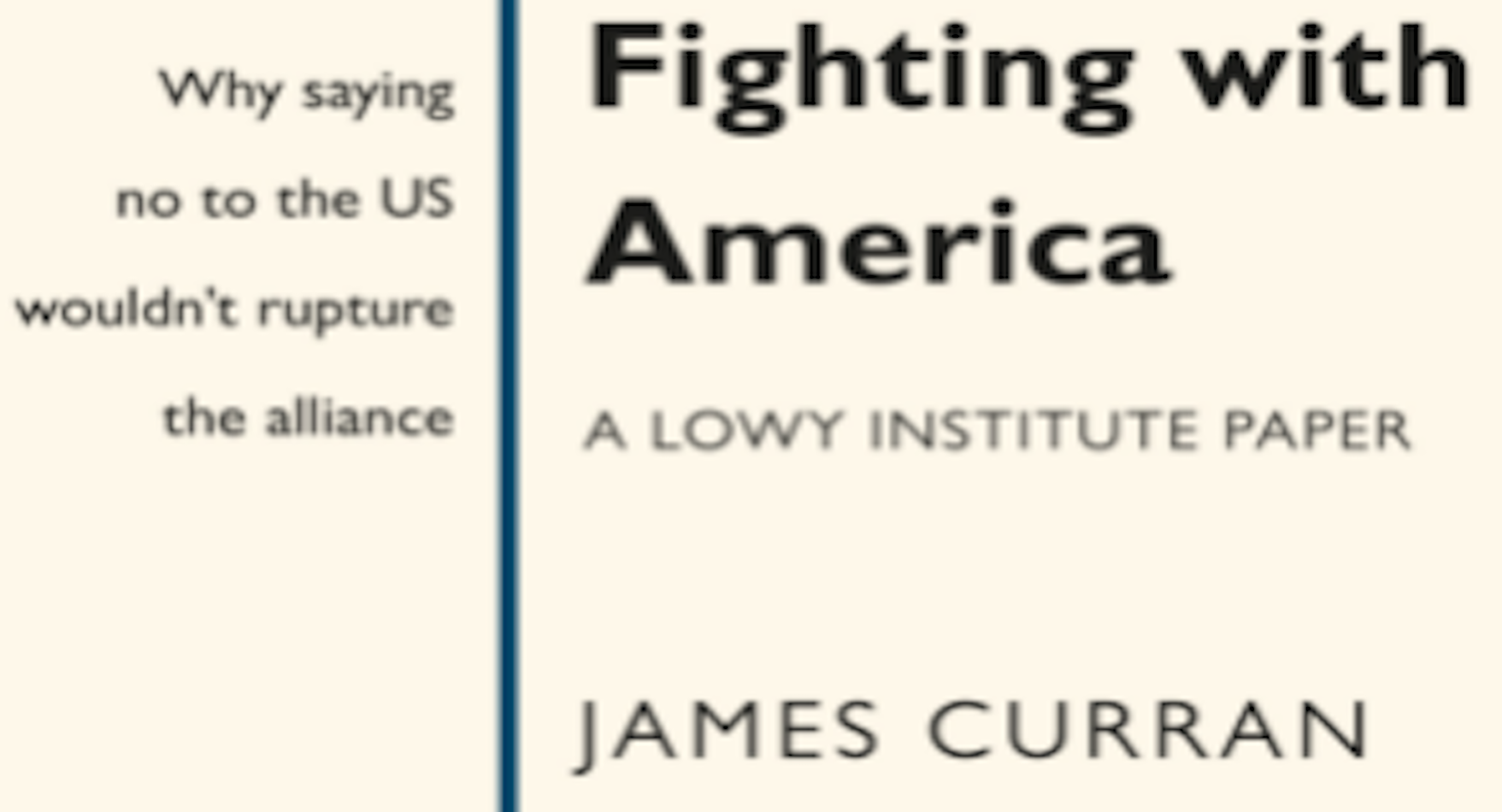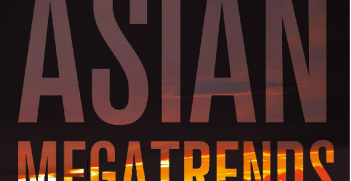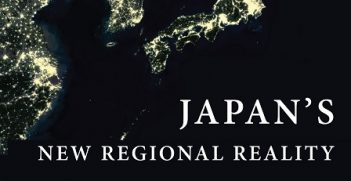Reading Room: Fighting with America

The title of James Curran’s new book, Fighting with America, is deliberately ambiguous. Australia has repeatedly fought alongside America but Australia has also ‘fought’ in disagreements with America and the United States has done the same.
Australians and Americans first fought together at Le Hamel on the western Front in 1917 and their relationship has been shaped by recurrent and continuing wars, encouraging alliance-fantasists to claim that we always stand ‘shoulder to shoulder’ with the US. Professor Curran proves them wrong, pointing to a ‘kind of collective amnesia’ about the past occasions when Australian and American interests diverged. The United States refused to equate the ANZUS Treaty of 1952 with NATO which regards an attack on one as an attack on all. Nor does ANZUS (though Curran doesn’t point this out) offer Australia the unilateral response to attack which the US treaties with Japan and South Korea do. ANZUS guarantees nothing.
In his timely Lowy Institute publication, Curran reminds us of Whitlam asserting that “adherence to ANZUS does not constitute a foreign policy,” and shadow foreign minister Andrew Peacock agreeing that sycophancy with Washington was “finished”. Curran recalls Menzies in 1953 cautioning Vice-President Nixon about America’s global responsibilities; Kennedy stating in 1963 that ANZUS was “forgotten” and would not apply to Indonesia; Hawke’s reservations about providing blanket support for US activities; and the US abstaining from Confrontation and East Timor. Australia stayed away from minor US wars and ANZUS was not invoked until Howard unilaterally did so in 2001.
Over the years, like dancing partners, the US and Australia sashayed around each other, leading and following, offering and refusing, rarely in step, while the (military) band played on. In the two most recent decades, however, bipartisanship has produced what Curran calls “willing agreement” and debate on foreign policy is eviscerated. Australia has repeatedly sought—as Menzies did for the Vietnam deployment—invitations to take part in US operations in the Middle East. Curran doesn’t mention Kim Beazley’s claim that Australia under Gillard proposed both the ‘pivot to Asia’ and the Darwin basing of US marines but notes that Howard’s 1996 offer was turned down. In fact, Australia not only does what the US wants, it now tells the US where it wants to be asked to fight America’s enemies.
Curran occupies the middle ground between Australians who fear abandonment by the US and those who call for independent foreign policy. Australia, he admits, has become “too reliable” and a fresh assessment of the alliance is needed. This, presumably, is what Julie Bishop and her white paper team are undertaking. Curran warns that the management of ANZUS will be more challenging under President Trump but is surprisingly confident that the US “remains an effective deterrent to any power considering hostile action towards Australia.” He accepts that in a war between the US and China, Australia would have no alternative but be on America’s side, without regard for the disastrous outcome. That would certainly provide “the kind of jolt” he believes the alliance needs.
James Curran, Fighting with America: Why saying no to the US wouldn’t rupture the alliance, Penguin Books, 2016.
Dr Alison Broinowski, formerly an Australian diplomat, is the author and editor of 14 books on Australia’s interface with the world, the latest being, with Dr David Stephens, ‘The Honest History Book’. She was appointed a Fellow of the AIIA in 2016.




